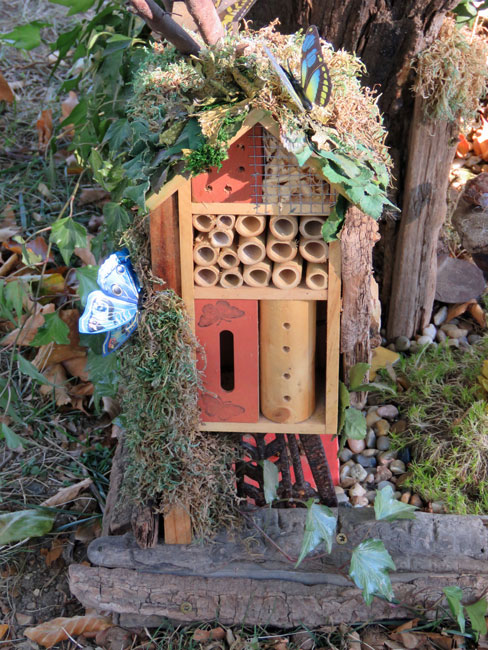
Chapel Hill, North Carolina

There’s hardly a spot of color on the hardwood trees in our yard, but the light is glorious, as it always is in October, and the signs of fall are unmistakable. ….. Always, when nature works as nature must, there are joys for every grief, a recompense for every sorrow. ….. Night falls earlier with each passing day now, but the recompense of shorter days is the glorious light of October. I wish you could see what happens to the magnificent colors of berry and bird and flower in the slanting light of October.
~ Margaret Renkl
(The New York Times, October 14, 2024, “Growing Darkness, October Light: A Backyard Census”)

These pictures were taken on Friday morning, the day we stood in line at the Chapel Hill Public Library to vote. Afterwards we took a walk on the trails in the woods surrounding the library. North Carolina has early voting, something new to us. Before we left Connecticut we had voted in favor of bringing early voting to our old state. I wonder if it passed. Our habit was to get up early on election day and get to the polling place before it opened. We were always near first in line.

Something new for the citizens of NC is having to show a photo ID when they check in to vote. We always had to do that back in CT. It’s so interesting getting to know the different ways the governments of different states run things, something I never thought about before, having lived in only one state my whole life.

As I stood in line I reflected on how encouraging it was to learn that our 39th President, Jimmy Carter, made the effort to vote while in hospice care at the age of 100. He was the first president I ever voted for. My thoughts also returned to the sacrifice so many of our ancestors made for us in the Revolutionary War, so that we could have the right to vote today. As the granddaughter of Ukrainian immigrants on one side and the descendant of several Mayflower passengers on the other, my complex place in American history has always fascinated me. While appreciating the myriads of reasons Europeans have crossed the Atlantic over the centuries to make better lives for themselves here, I also feel deep regret for the harm they have caused to the original people who lived, and still live here.

When we moved down here I started looking for southern nature writers who might help me get acquainted with my new environment. I’ve become a big fan of Margaret Renkl, who lives in Tennessee at the same southern latitude as we do. Her lyrical writings resonate with the seasonal observations I’m experiencing here. I’ve read three of her books, checked out from the same beautiful library where we voted, and enjoy her occasional editorials in the New York Times.

I tried to capture some of the slanting light of October to match Renkl’s words. This is our second autumn down south and the way it is unfolding feels much more familiar now, it’s starting to feel more like home.























































































